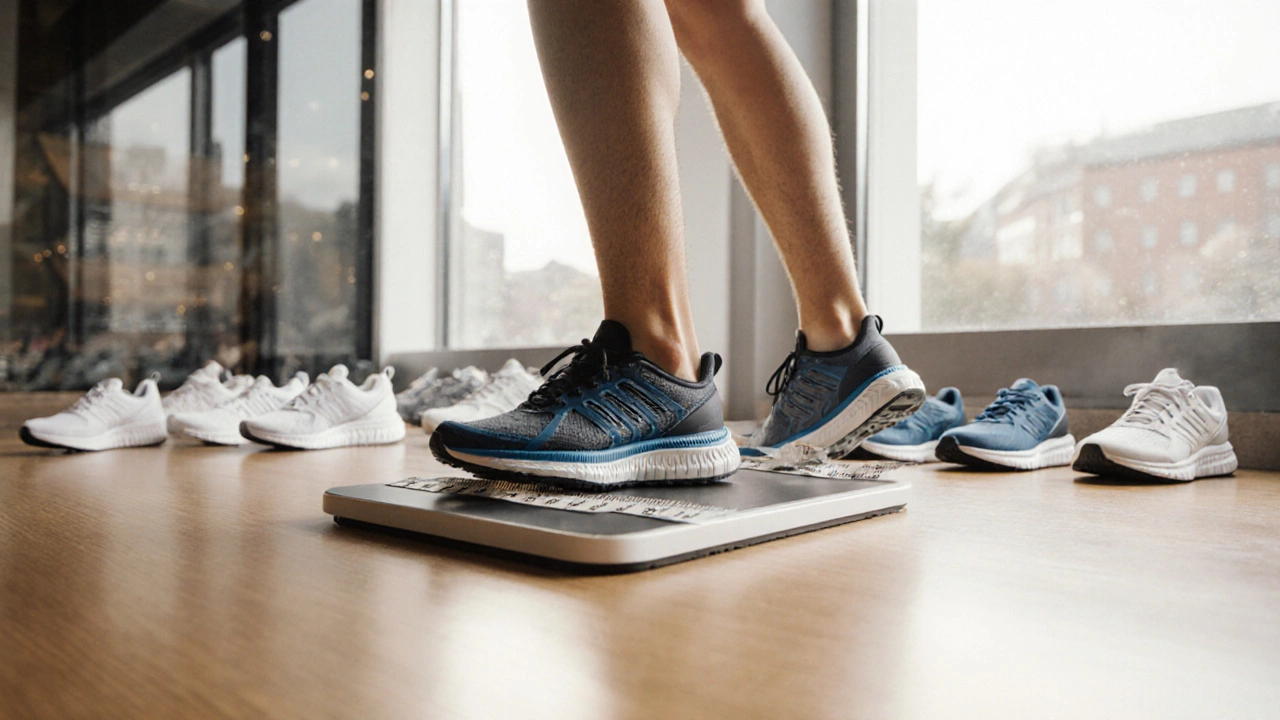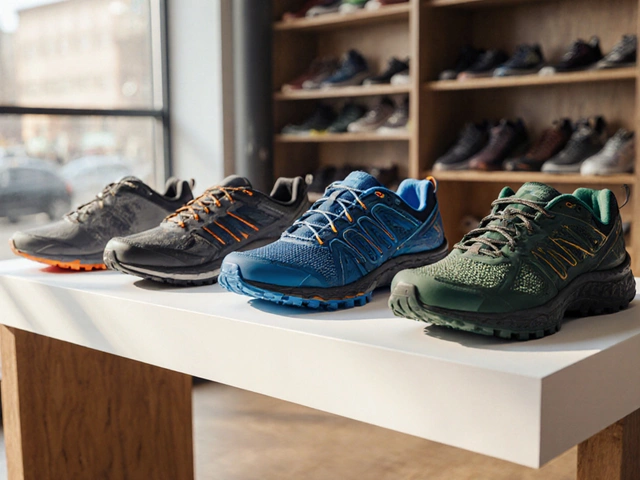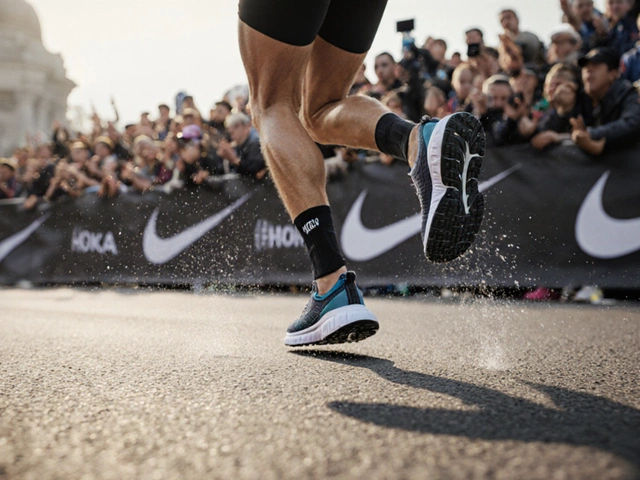Running Shoe Selector
Find Your Perfect Running Shoes
Answer a few questions to get personalized recommendations for your next pair of running shoes. Avoid common mistakes and choose the right fit for your needs.
When you shop for running shoes is a type of athletic footwear engineered to cushion each footfall, guide your stride, and keep you injury‑free during repetitive forward motion. you probably picture a sleek silhouette, bright colors, and maybe a celebrity endorsement. But the truth is, most problems stem from buying the wrong pair-not because the brand is unpopular, but because a handful of common pitfalls sneak in unnoticed. Below we’ll break down exactly what to steer clear of, how each mistake hurts performance, and what to look for instead, so you can lace up with confidence.
Quick Takeaways
- Never guess your size; always measure foot length and width.
- Match the shoe to your pronation pattern (neutral, overpronation, underpronation).
- Avoid extreme heel‑drop numbers unless you’re trained for them.
- Skip shoes with non‑breathable uppers for warm‑weather runs.
- Don’t choose cushioning that’s too soft for your typical pace and terrain.
1. Ignoring Proper Fit - Size Isn’t Everything
Most runners think “size = fit,” but foot length, arch height, and width all matter. Buying a shoe that’s a half‑size too small can cause blisters, toenail loss, and chronic forefoot pain. Conversely, a shoe that’s too roomy lets the foot slide, leading to instability and a higher risk of ankle sprains.
What to do:
- Measure both feet at the end of the day; use the larger foot as your reference.
- Check the brand’s size chart; remember that a US 10 in one brand may feel like a US 9.5 in another.
- Try the shoes on with the socks you’ll actually run in.
- Make sure you can wiggle your toes and that there’s about a thumb’s width from the longest toe to the front of the shoe.
Brands that offer multiple width options (e.g., New Balance) are a safe bet for narrow or wide feet.
2. Overlooking Pronation Type
Pronation describes how your foot rolls inward after the heel strikes the ground. Most people have a neutral gait, but roughly 15‑30 % overpronate (excessive inward roll) and 5‑10 % underpronate (or supinate). Wearing a shoe that doesn’t address your specific pattern can strain your calves, knees, and hips.
Key terms:
- Pronation - natural foot roll that helps absorb shock.
- Overpronation - foot collapses inward too much.
- Underpronation (supination) - foot doesn’t roll enough.
Look for shoes labeled “stability” or “motion control” if you overpronate, and “neutral” or “cushioned” if you have a neutral gait. Many brands provide a gait analysis in‑store or online videos to help you decide.
3. Choosing the Wrong Heel Drop
The heel‑drop (or offset) is the height difference between the heel and forefoot. Typical drops range from 0 mm (zero‑drop) to 12 mm. A high drop pushes you onto the heel, which can exacerbate hip and knee issues if you’re not used to it. A zero‑drop shoe encourages a mid‑foot strike, requiring stronger calves and hamstrings.
What to avoid:
- Buying a 12 mm drop shoe if you’ve only run in 4‑6 mm shoes.
- Skipping the transition period when moving to a radically different drop.
Better approach: Gradually adjust by swapping one shoe a week and adding calf‑strengthening exercises.
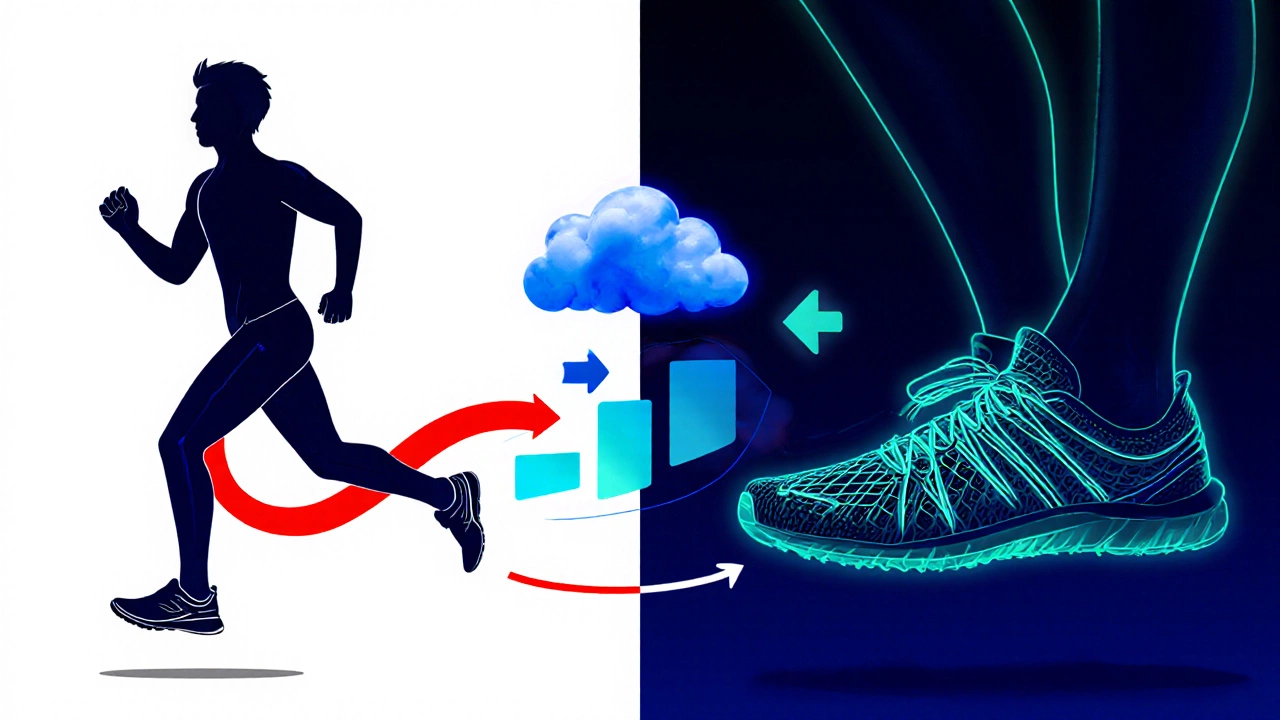
4. Selecting Non‑Breathable Uppers
Running in hot conditions with a shoe that has a dense, non‑breathable upper can cause sweaty feet, fungal infections, and uncomfortable blisters. Look for materials like engineered mesh, knit uppers, or perforated overlays.
Examples of breathable technologies:
- Engineered mesh - lightweight grid that channels air.
- Knit upper - flexible, sock‑like feel with good ventilation.
Avoid shoes marketed as “water‑proof” unless you specifically need them for trail runs; they often sacrifice breathability.
5. Over‑Cushioning or Under‑Cushioning for Your Pace
Cushioning isn’t a “more is better” proposition. Ultra‑soft shoes (e.g., maximalist foam) can feel great on a slow jog, but at race pace they can feel floppy, slowing you down. Conversely, a very firm shoe can feel harsh on long runs, increasing fatigue.
Tips:
- Identify your typical training speed. For sub‑8 min / mile runs, a moderate cushion (30‑45 mm) works well.
- If you’re a competitive runner (sub‑6 min / mile), consider a “responsive” midsole like Carbon plate models.
- For recovery days, a plush shoe with higher stack height can reduce joint stress.
6. Forgetting Terrain Compatibility
Road shoes have smoother outsoles for pavement, while trail shoes feature aggressive lugs for mud and rocks. Using a road shoe on a rugged trail can lead to slips, while a trail shoe on tarmac may feel clunky and increase the risk of blisters due to stiff uppers.
Key component:
- Outsole - the bottom layer that contacts the ground. Look for carbon rubber for durability on roads, and Vibram‑style lugs for off‑road grip.
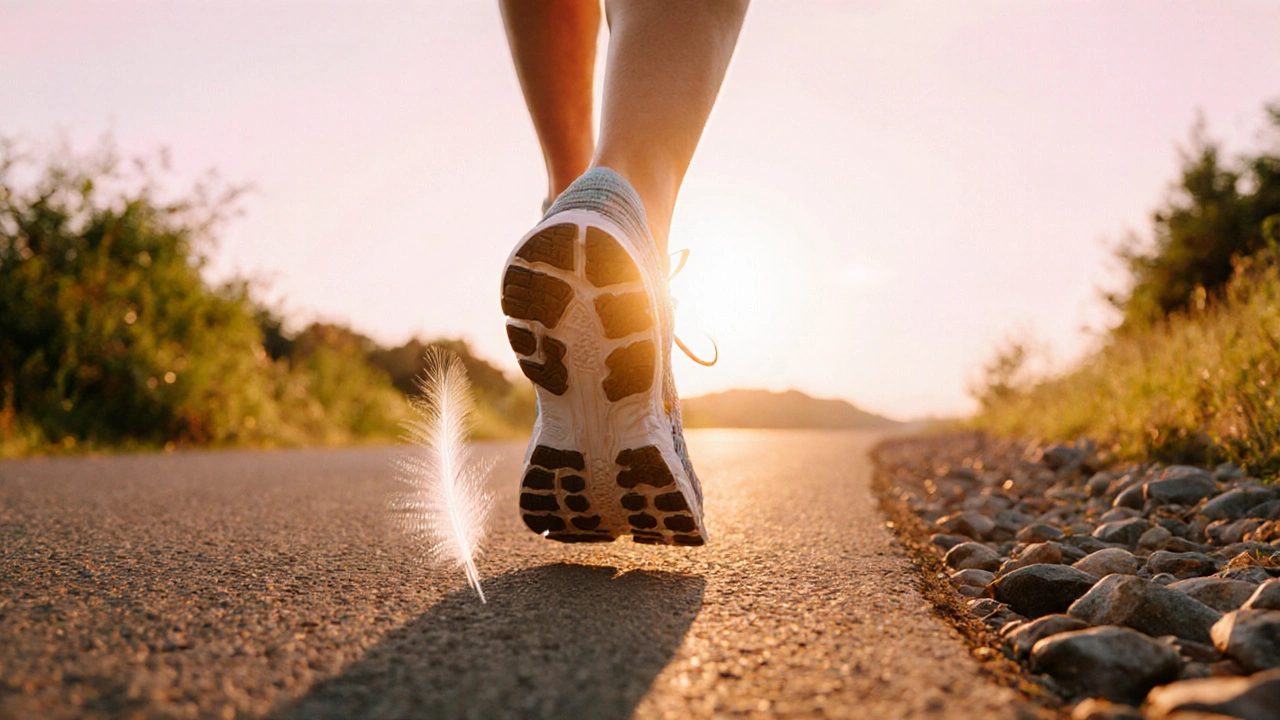
7. Buying on Brand Hype Alone
It’s tempting to chase the latest “must‑have” sneaker that a celebrity just wore. But hype doesn’t guarantee a good fit for your biomechanics. A shoe that works for a marathoner may be over‑engineered for a casual jogger, adding unnecessary weight.
Instead, base your choice on data: foot shape, pronation, drop, terrain, and your performance goals.
Checklist - What a Good Pair Should Have
- Accurate size and adequate width.
- Pronation‑specific support (neutral, stability, or motion‑control).
- Heel drop that matches your running style.
- Breathable upper material.
- Midsole cushioning appropriate for your typical pace.
- Outsole designed for your primary terrain.
- Weight that feels light enough for your training but sturdy enough for durability.
Feature Comparison - What to Avoid vs. What to Choose
| Feature to Avoid | Better Alternative |
|---|---|
| Very high heel drop (10‑12 mm) for a neutral runner | Mid‑range drop (4‑6 mm) that encourages natural foot strike |
| Dense, non‑breathable synthetic upper | Engineered mesh or knit upper for ventilation |
| One‑size‑fits‑all width | Multiple width options (e.g., standard, narrow, wide) |
| Maximalist cushioning for fast‑pace training | Responsive midsole foam that returns energy |
| Road‑oriented outsole on technical trails | Trail outsole with lugs and rock‑plate protection |
| Brand hype without gait analysis | Fit based on pronation, foot shape, and running goals |
Mini‑FAQ
How often should I replace my running shoes?
Most experts recommend swapping them every 300‑500 miles (480‑800 km). If you notice uneven wear on the outsole or feel new aches, replace them sooner.
Can I use the same shoes for road and trail runs?
Occasionally, yes, but it’s not ideal. Road shoes lack the traction and protective rock plates that trail shoes provide, while trail shoes can feel stiff on pavement.
What’s the difference between stability and motion‑control shoes?
Stability shoes give moderate support for mild‑to‑moderate overpronation. Motion‑control shoes are heavier and offer maximum guidance for severe overpronators.
Is a zero‑drop shoe good for beginners?
Usually not. Beginners tend to land on their heels, so a modest heel drop helps ease transition. If you’re curious, start with a low‑drop (4 mm) and build calf strength first.
How can I test shoe fit at the store?
Run a quick 200‑meter jog on the treadmill, or do a few high‑knees in place. Pay attention to any rubbing, slipping, or pressure points. The shoe should feel snug but not tight.
